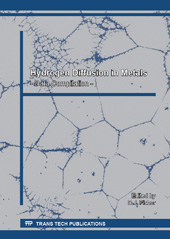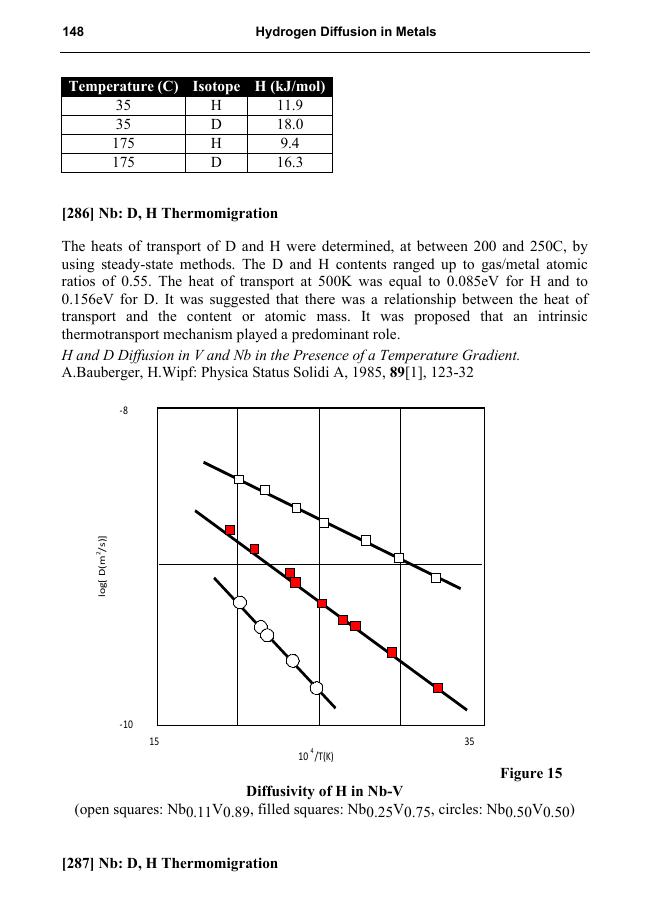Hydrogen Diffusion in Metals
362 p.
Due to its small size, the hydrogen atom is, wanted or unwanted, an ubiquitous diffusant in many metallic systems. It has long been known for its harmful effect upon mild steel sheet; the deleterious phenomenon of hydrogen-embrittlement having been recognized since the early days of the industrial revolution. Its behavior in some metals is further complicated by its tendency to form hydrides with the metal, or with various non-metallic impurities. The ability of some metals and alloys to store large quantities of hydrogen - first recognized in the 19th century - is another complicating factor. The complexity of metal-hydrogen behavior was undoubtedly also the cause of the mistaken âÂcold fusion' claims of the late 1980s. The present issue comprises a compilation of hydrogen diffusion and permeation data in metals. These data are believed to be âÂpure': that is, free from the interfering effects of hydride formation, etc. The almost 600 entries, 201 tables and 41 figures cover the period from 1966 to 2013. T
hese are supplemented by an original review, by T.B.Flanagan of the University of Vermont, which has as its subject, The Role of the Thermodynamic Factor in Hydrogen Diffusion in Metal and Alloy Membranes. [Publisher's text].
Special access authorizations may apply; please contact us for further information.
-
Information
ISBN: 9783038264057



